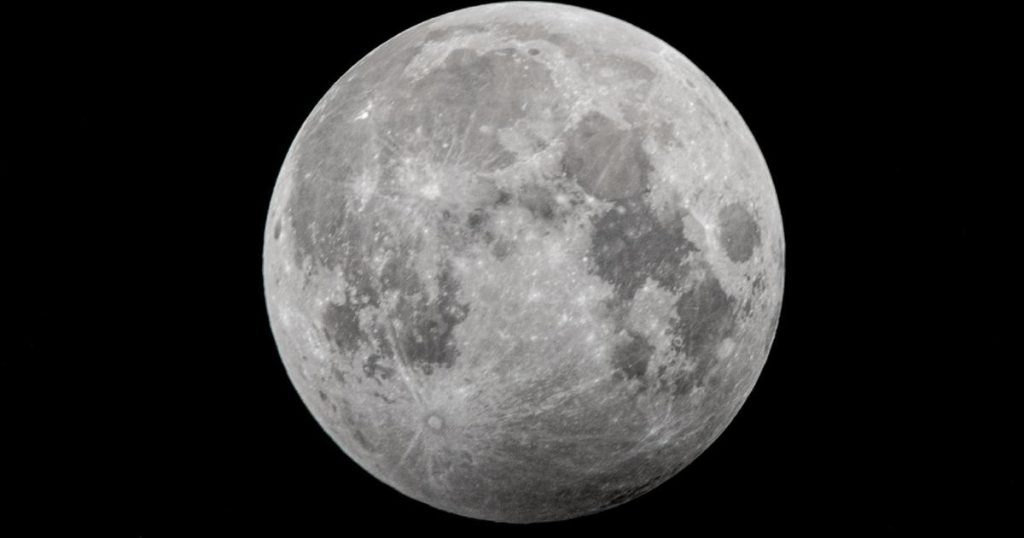Plants and animals are facing unprecedented rates of extinction, leading some scientists to consider the idea of a lunar biorepository as a solution. Mary Hagedorn, a senior research scientist, has been studying cryopreservation, a process of freezing biological materials to keep them alive for hundreds of years. She was inspired by the Arctic Svalbard Seed Vault in Norway, where seeds are stored at extremely low temperatures. The lunar poles offer even colder temperatures, making it an ideal location for a biorepository. This facility would store animal skin cells, which can be transformed into sex cells for cloning endangered species.
The proposed lunar biorepository would initially include a variety of animal species that serve different purposes on Earth. This includes organisms that modify their environment, pollinators that support food production, animals living in extreme environments, and those that support the web of life. Cryopreserved cells have already been sent to the International Space Station for testing. However, there are challenges to this program, including radiation exposure and extreme temperature fluctuations on the moon’s surface. Researchers are working to find solutions to these challenges to make the lunar biorepository a viable option for preserving Earth’s biodiversity.
Despite the potential benefits of a lunar biorepository, some researchers believe that the focus should be on protecting natural habitats to prevent species loss in the first place. Noah Greenwald, from the Center for Biological Diversity, argues that efforts should be made to protect more of the natural world to mitigate the extinction crisis. Other scientists, like those at the University of Arizona, are also working on creating a biorepository on the moon, proposing to send an ark filled with sperm and egg samples. Collaboration among nations, agencies, and cultural groups will be essential for the success of these projects.
The extinction crisis is a pressing issue alongside climate change, as species are essential building blocks of ecosystems. Loss of species can have serious consequences on the environment, affecting air and water quality, climate regulation, and nutrient cycles. Scientists emphasize the need to address both climate change and species loss to preserve Earth’s ecosystems and ensure the well-being of all living organisms. Developing a lunar biorepository may be a long-term effort requiring extensive collaboration, but it presents a potential solution to safeguarding biodiversity for future generations.


